From its founding in 1874, Chautauqua Institution has been a hub of intellectual and cultural activity, welcoming people from across the globe to share their ideas and insights. Over its 150 years, Chautauqua has weathered world wars, depressions, and profound social change, remaining a world-renowned destination for educational exploration, spiritual growth, and community engagement. As Chautauqua celebrates this remarkable milestone, we invite readers to explore our rich history with five fascinating facts you may not know about Chautauqua!
1. Chautauqua Institution was the first of several Chautauquas.
As Chautauqua Institution grew in popularity, other “chautauquas” began to spread across the U.S. The idea of chautauqua assemblies, fit with lecturers and performers, swept the nation, inspiring others to continue the pursuit of spiritual and educational growth beyond our original grounds. The result? Several independent assemblies began to surface, including our daughter Chautauquas across the U.S., Canada and overseas.
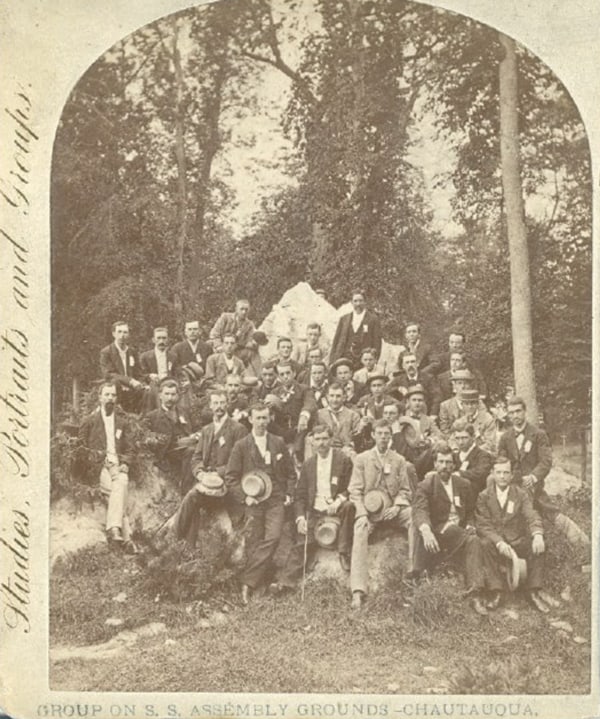
2. Chautauqua was more than a name; it was a movement.
During the heat of the Chautauqua movement, “circuit chautauquas” became prevalent around the country. These traveling circuits brought lecturers to local communities, a pop-up style of entertainment that became wildly popular throughout the beginning of the 20th century. Much like the original institution, these multi-day events sported lecturers on all subjects and a variety of entertainment. “Chautauqua” was more than a place; it was a symbol of adult education and social movement.
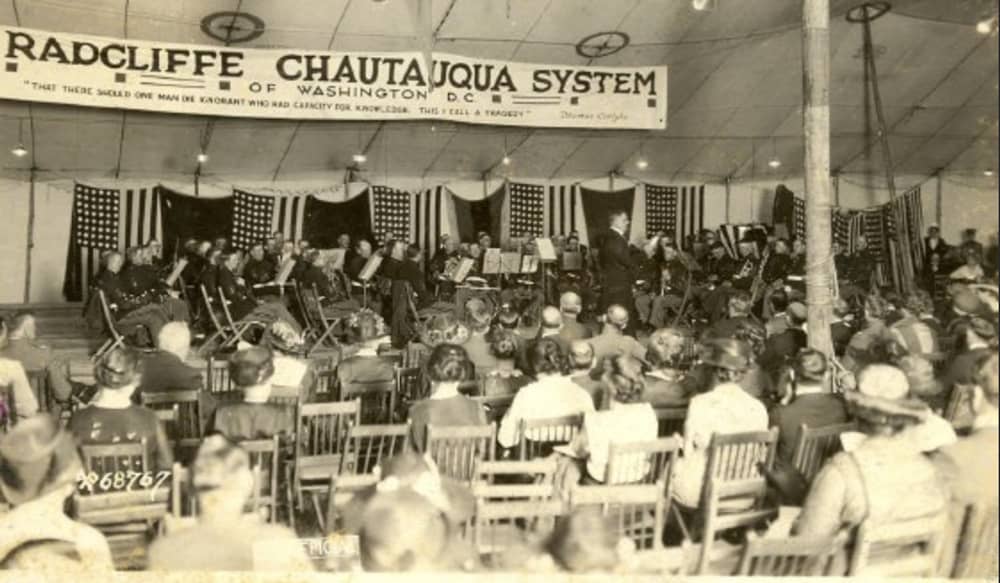
3. The Chautauqua Literary and Scientific Circle (CLSC) was an early pioneer of remote learning.
Founded in the summer of 1878, the CLSC’s primary goal was to make higher learning more accessible to those who couldn’t pursue a college education. Originally designed to serve Chautauqua audiences, a thirst for reading and learning beyond the summer session soon took the program to new heights. Local CLSC reading circles began spreading around the country as eager Chautauquans shared the CLSC idea with friends and neighbors. With at-home reading and mailed correspondence, learning became more accessible and convenient for adults around the country.
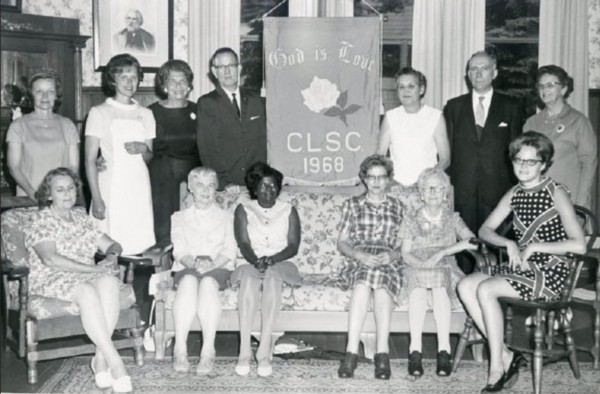
4. The Chautauqua Golf Club has served as a functioning fairway and airplane runway.
No stranger to the fellowship a good game of golf brings, July 20, 1929, gave new meaning to friendship on the green. That afternoon, the 14th fairway of Chautauqua’s Golf Club became the landing pad for the record-setting aviator Amelia Earhart. Although she did not pilot the plane, Earhart exited the aircraft “Friendship” and went on to provide a captivating speech to surrounding Chautauquans.
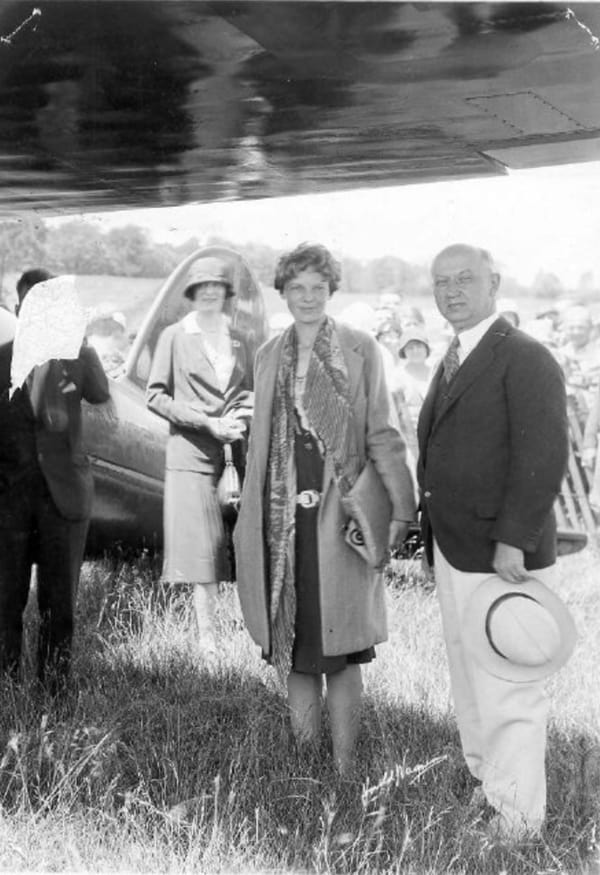
5. Chautauqua was home to its own medical hospital.
The beginning of the 20th century welcomed several changes to Chautauqua, including on-grounds medical care. The Lodge, as it was known, was an Institution-owned hospital that offered emergency medical services to Chautaquans in need. Closing in 1922, the building became the site for the Institution’s Home Economics Program in 1923. In 1986 the building became the Carnahan-Jackson Dance Studio, whose namesake continues to provide space to new generations of dancers in Chautauqua’s School of Dance.
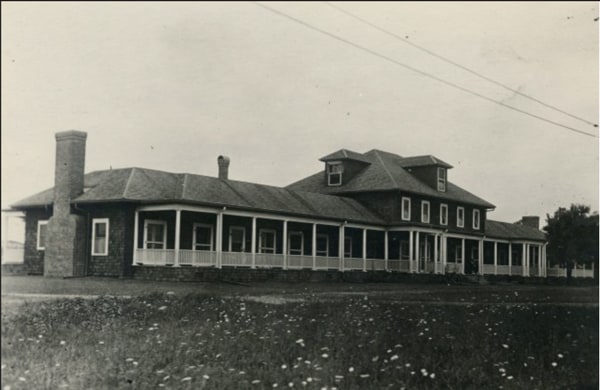
Save Your Trip
Fill out the form below to save your trip. You will receive a link to your saved list via email.
Save Your Favorites
Fill out the form below to save your favorites. You will receive a link to your favorites list via email.
"*" indicates required fields
Notice!
You have now entered the season. Some website content may differ depending on the current season we are in: Summer or Fall/Winter/Spring. You can toggle between the two season options at any time.